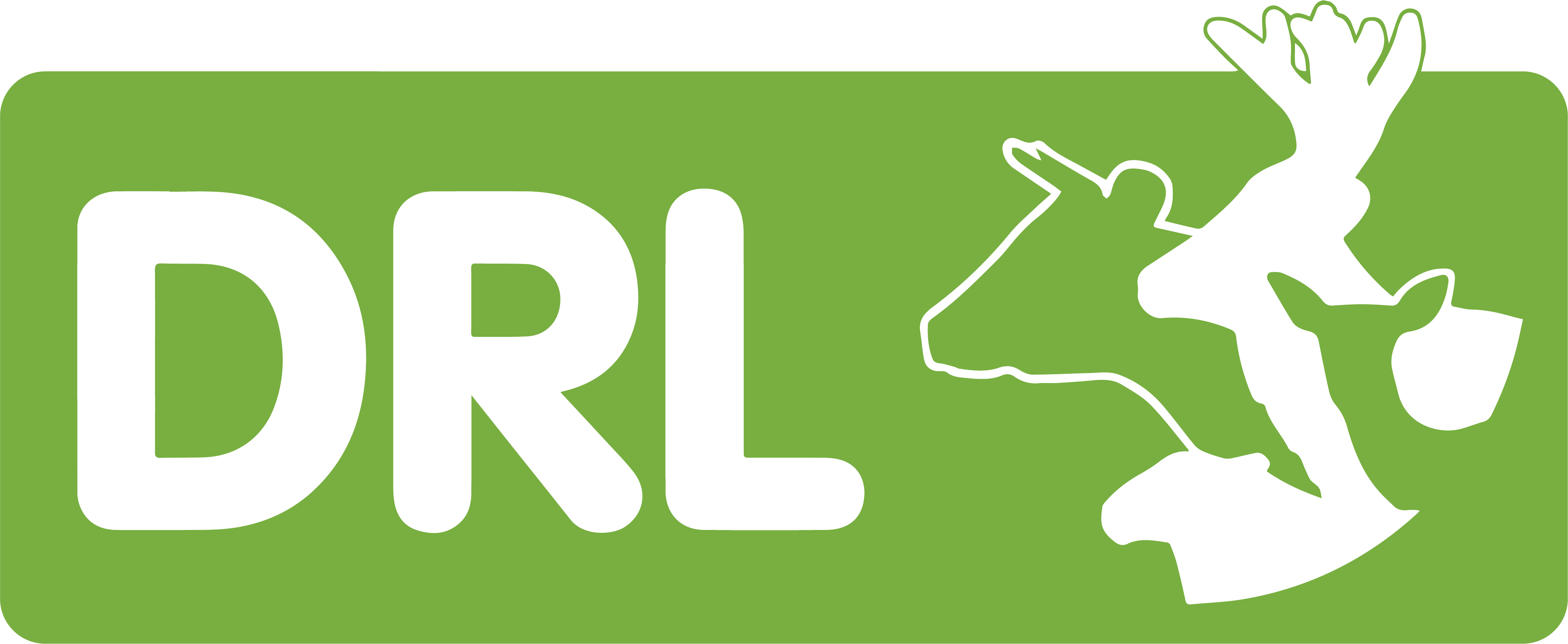Johne’s disease is chronic, progressive, contagious and widespread with no treatment and no cure. It can however, be managed cost effectively.
What is Johne’s Disease (JD)
– reduced uptake of nutrients
– progressive weight loss
The single greatest source of infectious MAP bacteria is an actively shedding, Johne’s disease affected animal. Clinical signs of advanced JD may include profuse, watery diarrhoea or emaciation despite good appetite and are more obvious in cattle and deer than in other affected species. While cattle and sheep generally develop clinical disease at 2 to 5 years of age, deer are notable in that clinical disease is seen in yearlings and sometimes weaner animals as young as 4 to 5 months old. The progression from mild, subclinical infection to overt disease often follows some form of physiological stressor such as calving, lactation or weaning.Vaccination may be an option for some species although currently available vaccines may cause false positive reactions with the TB skin test and are not commonly used in or licensed for NZ cattle or deer herds. While vaccination does not prevent infection or disease, it may lessen or delay clinical disease and reduce shedding.

In addition to animal health and welfare concerns, economic losses on farm arise from decreased productivity through reduced growth, milk yield and fertility and capital losses due to premature culling or death. In 2016, the estimated annual cost to New Zealand from Johne’s disease in livestock was estimated at $98 million.
Best Practice Guidelines for the Control of JD in Dairy Cattle
Best practice guidelines released by DairyNZ have recommended that herd owners both know the status of their herd by using tests to identify positive cows and remove these from the herd by culling. The importance of prompt identification and removal of shedding livestock is both recognised and endorsed by DairyNZ, the Johne’s Disease Research Consortium and Johne’s Management Ltd as the single most significant and immediate step towards reducing JD impact on affected farms and limiting spread of further infection.
Unlike tuberculosis, caused by the closely related Mycobacterium bovis, eradication of JD at any level (on farm, regionally or nationally) is not considered feasible, achievable or likely and control efforts are instead focused upon cost-effectively managing clinical disease and associated production losses out of the herd.
Transmission of the MAP bacterium
Transmission is usually faecal-oral with juveniles ingesting the bacteria through faecal contamination of teats, water or surfaces or grazing on contaminated pasture. The feeding of colostrum from infected mothers is also considered a significant risk factor for MAP transmission to young animals.
As disease progresses and MAP bacteria proliferate in the intestinal tissues, affected animals begin to shed more and more MAP bacteria in their dung into the environment where the bacteria can survive for up to 18 months due to their tough, lipid-rich cell wall.
“Johne’s is a terrible disease to have in your deer herd but can be dramatically reduced through blood testing. My herd was possibly at the lower end of infection but enough to warrant the expense of testing. After 4 years of testing 18 month hinds, the final test resulted in a near enough clear test so I have stopped but will re-test in a couple of years to make sure there is no reinfection. My dealings with DRL has been professional and educational. Simon is able to explain in ‘farmer talk’ what the tests have shown. The cost of course is a factor but the value of my herd and the increase of production from healthy animals far outweighs the cost.”
Lachlan McDonald
Farmer, Owaka, South Otago
